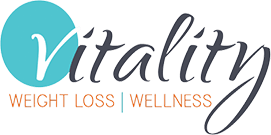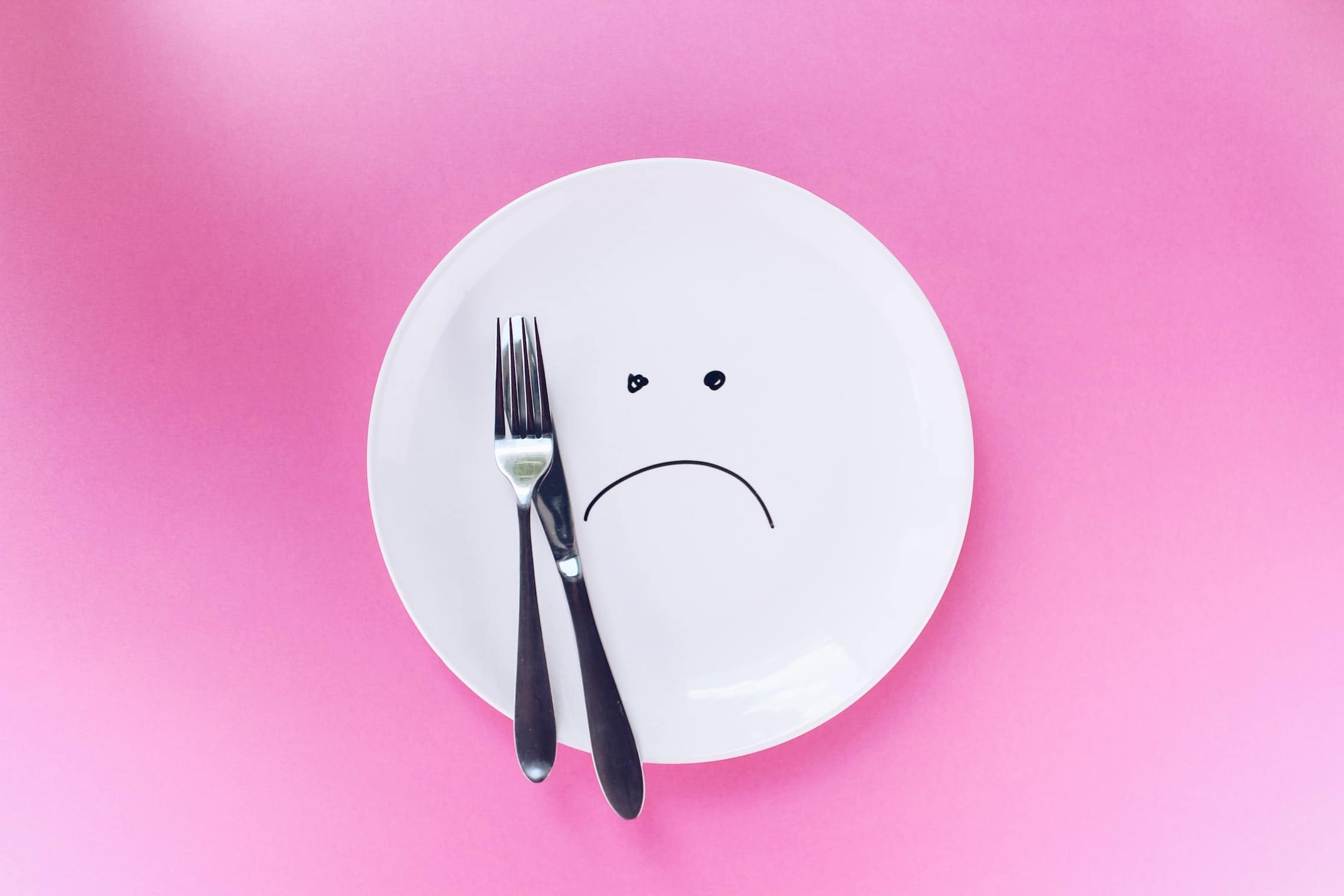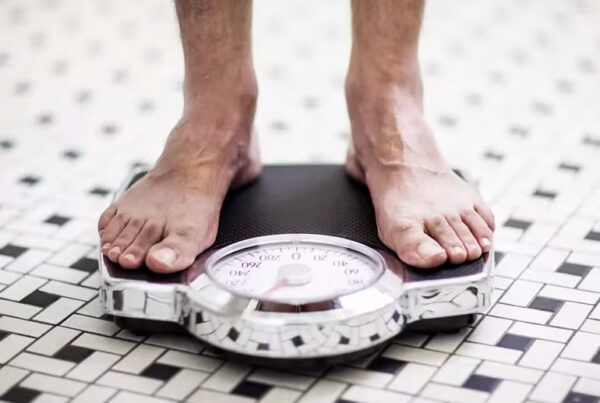In a world where selfies, hashtags, and likes often dictate self-worth, it’s no surprise that social media has become a double-edged sword. On one side, it offers community, expression, and inspiration. On the other, it fosters comparison, perfectionism, and unattainable ideals. This digital culture has increasingly come under scrutiny for its role in the rise of body dissatisfaction and eating disorders, especially among young people.
This article explores the complex relationship between social media and body image, examining how filters, comparison culture, and algorithm-driven content can feed disordered eating behaviors. We’ll also highlight the importance of digital literacy, self-awareness, and emotional resilience in navigating online spaces more safely.
The Rise of the Virtual Mirror
Platforms like Instagram, TikTok, and Snapchat have turned the camera into a mirror—but not just any mirror. One that offers smoothing filters, contouring effects, and the illusion of “effortless perfection.” These tools, while fun and creative, can skew how users view themselves and others. The more we see flawless faces and idealized bodies, the more we begin to internalize these images as a standard to meet.
The problem? Most of what we see isn’t real. Filters and editing apps have made it easy to manipulate appearances, creating a new kind of digital deception. But the brain doesn’t always know the difference. Constant exposure to idealized content can lead to what psychologists call appearance comparison and body surveillance — where people begin to scrutinize and evaluate their own bodies through a critical lens, often leading to dissatisfaction and harmful behaviors.
Comparison Culture and the Pressure to Perform
Social media thrives on engagement: likes, comments, shares. And often, the content that gets the most attention adheres to certain beauty standards. This creates a feedback loop. Influencers and everyday users alike may feel pressured to post curated, attractive images that will “perform well,” regardless of how they feel in real life.
For some, the pressure translates into obsessive exercise, extreme dieting, or food restriction to maintain an image that will gain social validation. This performance-oriented mindset can be particularly harmful to those already vulnerable to eating disorders or body dysmorphia.
Even when we logically understand that people post their highlights, not their everyday struggles, emotionally we can still feel like we’re falling short. This emotional disconnect fuels behaviors that range from compulsive comparison to restrictive eating, especially in those prone to emotional eating or food addiction. (For a deeper dive into how these patterns emerge, see our related article Emotional Eating vs. Food Addiction: What’s the Difference?)
Algorithmic Influence: The Hidden Hand
Social media algorithms are designed to show you more of what you engage with. If you interact with fitness models or diet content, you’ll likely be shown more of the same. Over time, your feed becomes an echo chamber filled with content that promotes a narrow view of health, beauty, and success.
This can reinforce dangerous ideas: that thinness equals worthiness, that restriction is discipline, or that happiness is only attainable through changing your appearance. For individuals in recovery or those with a predisposition to disordered eating, this can create a hostile environment that undermines their progress.
Moreover, many of these platforms allow advertisements for weight loss teas, detox products, and other quick-fix solutions that prey on insecurities. While some platforms have taken steps to restrict such ads, they still find their way into the feed, subtly encouraging users to pursue unrealistic body ideals.
The Intersection of Social Media and Identity
For adolescents and young adults especially, social media often serves as a tool for identity formation. It helps shape not only how they see themselves but how they believe others see them. This is particularly significant for girls, LGBTQ+ youth, and marginalized communities, who may face added layers of pressure around appearance and acceptance.
Research has shown a link between high social media use and increased risk of developing eating disorders. The issue is not just about time spent online but how that time is spent—what content is consumed, what beliefs are reinforced, and how those experiences impact one’s self-concept.
Reclaiming Control: Steps Toward Digital Wellness
Despite these challenges, it’s possible to cultivate a healthier relationship with social media. Here are some steps to consider:
- Curate Your Feed: Unfollow accounts that make you feel inadequate and follow those that promote body positivity, mental health, and self-acceptance.
- Be Aware of Filters: Remind yourself that most images are curated and edited. Reality rarely looks like your feed.
- Limit Screen Time: Reducing your time on certain platforms can help minimize exposure to triggering content.
- Practice Mindfulness: Notice how you feel after scrolling. If certain content consistently leaves you feeling low, it may be time to make a change.
- Talk About It: If social media is affecting your self-esteem or eating habits, speak with a trusted friend, family member, or mental health professional.
- Use Social Media for Good: Share content that normalizes diverse bodies and experiences. Become part of the change.
Final Thoughts: Awareness Is Empowerment
Social media isn’t inherently bad, but the way we engage with it matters. It can be a tool for connection or a trigger for self-doubt. By becoming more aware of how platforms shape our perceptions and behaviors, we empower ourselves to make choices that support our mental and physical health.
Recognizing the influence of digital comparison and being honest about its impact is the first step in preventing eating disorders from taking root. And if you’re already on a recovery journey or looking to better understand your patterns, don’t miss our article Emotional Eating vs. Food Addiction: What’s the Difference? for deeper insight into how emotions, environment, and food behaviors are connected.
In the end, it’s not about abandoning social media but about using it more intentionally—and compassionately. For yourself, and for the people watching.




